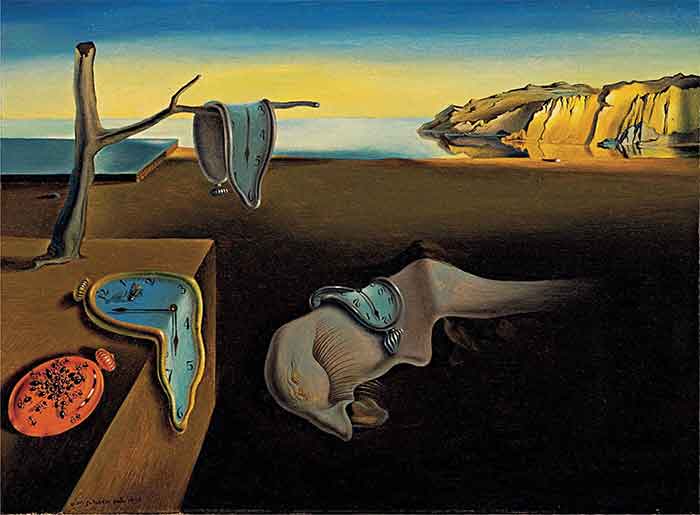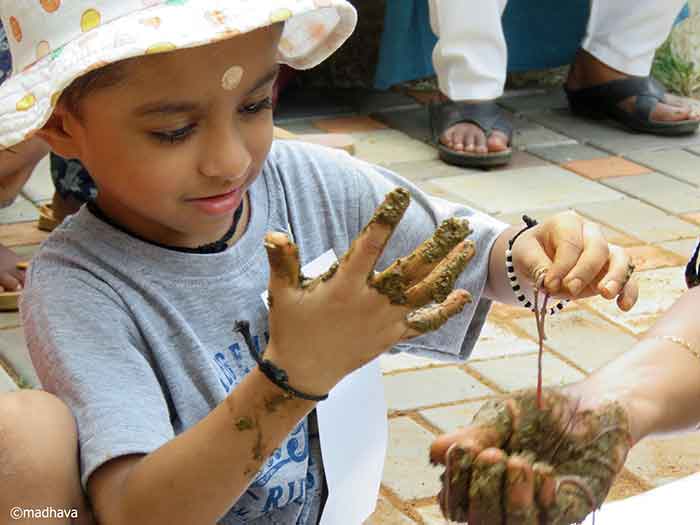
Creative visualization uses imagination, mental images, and the power of thoughts to make objectives come true. Used properly, it can improve and attain richness. It is a power that can alter one’s circumstances, and attract money, possessions, people and love into your life.
Creative visualization uses the powers of the human mind, and it is the power behind every triumph.
By just visualizing a certain event, situation, one attracts it into your life. For most people, this might look like a magical effect; however, there is no mystery involved; only the natural process of the power of thoughts and natural conceptual laws that are at work.
All successful people use the power of creative visualization knowingly or unintentionally, attracting the success they want into their life, by visualizing their ends as already accomplished. For example, creative visualization will mentally prepare a person to become a non-smoker by just focusing the mind to take control of the situation. Using positive assertions throughout the day will also help her to keep attention focused on becoming a non-smoker.
The subconscious mind receives the thoughts and mental images that you most often repeat in your mind. This mental practice changes your mindset accordingly, as well as your movements. This is because thoughts possess a creative power that attracts to you what you aimed about.
The formula is simple: to change your life you just need to change your thoughts!
By changing your thoughts and mental images, you change your mode of “Reality”. One can use the mental imagery in mind to create an altered reality.
Human beings usually limit themselves and cannot look beyond a limited circle. They limit themselves by thoughts and beliefs. The more open-minded one can be, and the higher we dare to think, the greater are our possibilities.
How can we use creative visualization? The brief answer is: Select a goal; close your eyes; visualize your aim unmistakably; believe that your goal has been in the process of becoming true; repeat the process every day.
Abstract thinking is the capability to think about objects, principles, and ideas that are not physically extant. Abstract thinking include: using metaphors and analogies, understanding relationships between verbal and nonverbal ideas, spatial reasoning and mentally manipulating and rotating objects, complex reasoning, such as using critical thinking. Abstract thinking enable people to exercise creativity, which in turn, is a useful survival mechanism—it allows us to develop tools and new ideas that improve the quality of human life.
Some great psychologists have argued the development of abstract reasoning is not a natural developmental stage of the children. Rather, it is most often, the product of culture, experience, and teaching.
Stories told to the children frequently operate on two levels of reasoning: abstract and concrete. The concrete story might tell of a princess who married Prince, while the abstract version of the story tells of the significance of virtue and hard-working. Usually young children are often incompetent of complex abstract reasoning; they habitually recognize the underlying lessons of these stories, indicating some degree of abstract reasoning skills.
While abstract thinking is centered on ideas, symbols, and the imperceptible; concrete thinking focuses on what can be perceived through the five senses: smell, sight, sound, taste, and touch. Research found that abstract thinkers are more likely than concrete thinkers to take risks and threats. This might be partly due to the fact that concrete thinkers, more concerned with “how” to perform an action rather than “why,” might be dissuaded from starting a risky task because they are more focused on the practical effort involved with the task.
Skills such as mathematics, higher-level language usage, and the application of concepts all necessitate abstract reasoning skills. It has been found that learning disabilities can inhibit the development of abstract reasoning skills. 1
Children who have been exposed to toys that build abstract reasoning skills, such as blocks, tinker toys, geometric toys or other building and problem-solving toys may improve their abstract reasoning abilities. 2 Solving puzzles, optical illusions, and other “brain teasers” are the ways to develop abstract reasoning skills.
Surrealism was a mode of reuniting conscious and unconscious realms of experience so absolutely that the world of dream and fantasy would be merged to the everyday rational world in “an absolute reality, surreality.” Surrealism’s major objective was to liberate thought, language, and human experience from the repressive boundaries of rationalism. Surrealism was intended by its originators to be a method of inspiring creativity and reexamining the world by utilizing the irrational to explore reality.
Popular understanding of surrealism has usually confined its territory to domains beyond the physical: dream and the unconscious, myth and imagination and poetry. However, surrealists took care to present their engagement not as an evasion of concrete reality, but as a more profound and dynamic apprehension of it, one that might re-regulate our relationship to everyday experience.
Critical thinking skills can enable students to see interrelated areas in a new light and synthesize these areas in writing and thinking. Art philosophers believed that juxtaposing the fantastic with the ordinary through art unleashes the subconscious to reveal mankind’s innermost desires and dreams. The revolutionary psychological writings of Sigmund Freud and Carl Jung provided the final impetus for the surrealists to view all forms of art as expressions of the subconscious.
A 2010 study in the Proceedings of the National Academy of Sciences showed the close connection between the brain activity of speakers and listeners in conversation. It demonstrates how the brain of an engaged listener “syncs up” with a presenter. “By engaging students with fascinating stories that impart significant material, teachers reach students both emotionally and biochemically, increasing the potential for rich learning experiences.” 3
Through listening stories, children gain new perspectives and an enhanced understanding of the world. We challenge and expand our own understanding by exploring how others see and understand the world through their lens. 4
Stories allow us to mimic powerful experiences without having to actually live through them; they allow us to experience the world before we actually have to experience it. Researchers are learning that chemicals like cortisol, dopamine and oxytocin are released in the brain when hearing a story. If we are trying to make a point stick, cortisol assists with our formulating memories. Dopamine, which helps regulate our emotional responses, keeps us engaged. Oxytocin is associated with empathy, an important element in building, deepening or maintaining good relationships. 5
Bibliography:
- Soares N, Evans T, Patel DR, Specific learning disability in mathematics: a comprehensive review. Transl Pediatr. 2018; 7(1):48‐62. doi:10.21037/tp.2017.08.03
- Oostermeijer M, Boonen AJ, Jolles J, The relation between children’s constructive play activities, spatial ability, and mathematical word problem-solving performance: a mediation analysis in sixth-grade students. Front Psychol. 2014; 5:782
- Kimberly Weichel, Our Voices Matter: Wisdom, Hope and Action for Our Time, Xlibris Us, 2019
- Lani Peterson, The Science Behind The Art Of Storytelling, Harvard Business Review, November 14, 2017
- Paul J, Zak, Why Inspiring Stories Make Us React: The Neuroscience of Narrative, Cerebrum. 2015 Jan-Feb; 2015: 2
V.A. Mohamad Ashrof is one among the Muslim scholars of Kerala who is regularly publishing articles and papers dealing with Islam and Contemporary Affairs. He has worked as the Executive Editor of Al-Harmony, a Quarterly Journal on Islam and Thought and Ethics, for 10 years. He is the joint secretary of Forum for Faith and Fraternity- a Muslim think tank based in Kochi. He is the author of 2 English Books (‘Islamic Dimensions’, ‘Islam and Gender Justice: Questions at the Interface’) and 2 Malayalam books (The Host and the Hunter: Critique of Anand’s writings). One Malayalam book ‘Christian Zionism: Critique’ has attained great acclamation from the scholarly world.
GET COUNTERCURRENTS DAILY NEWSLETTER STRAIGHT TO YOUR INBOX

















































